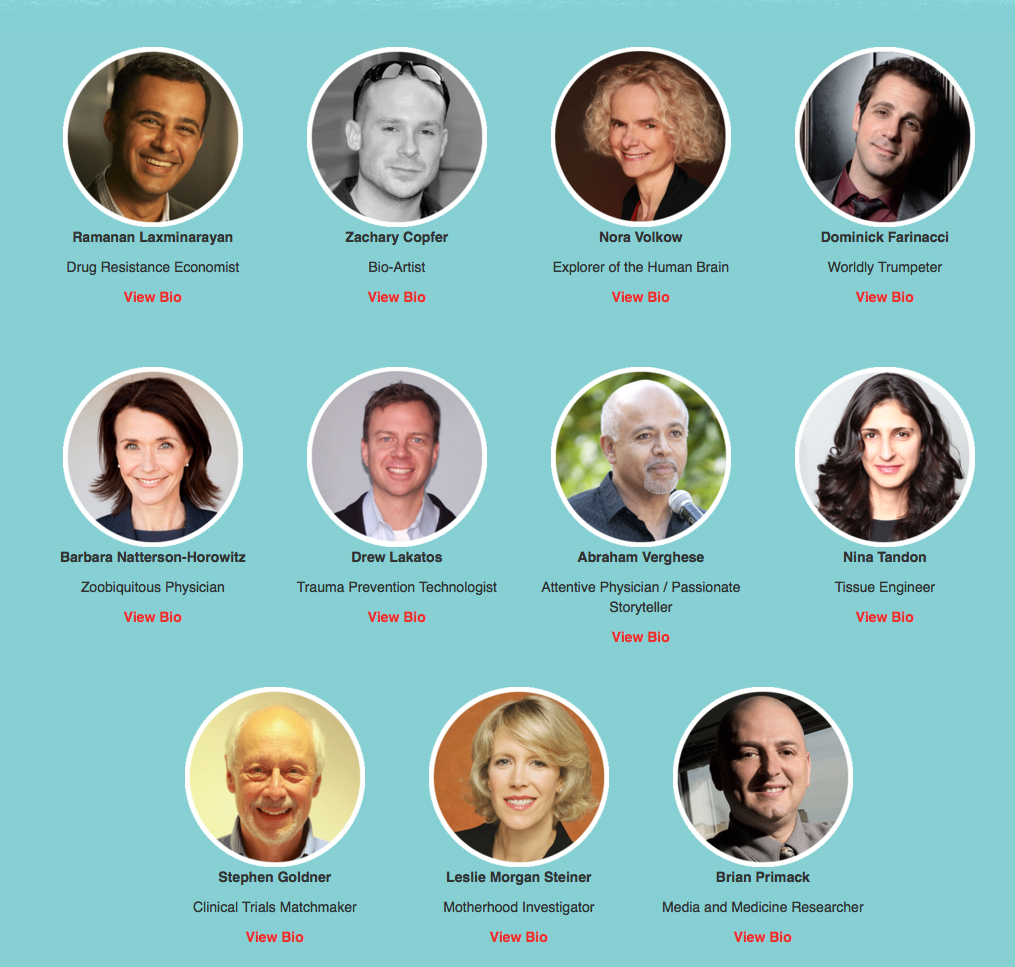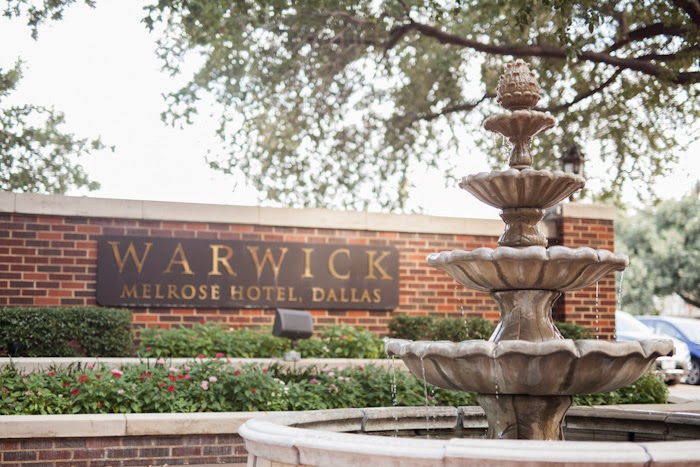As many know, I spend a decent amount of effort critiquing conferences that have poor speaker diversity (mostly focus on gender ratio). Well I am also trying to start calling out in a positive way those meetings that do a good job with speaker diversity. And here is one: 2014 Xenopus Genetics meeting in Pacific Grove. I was pointed to it in an email that was in response to a Tweet I posted (not sure if I have permission to say who this was from - will post if they say it is OK). (UPDATE 9/20 - it was Ian Quigley).
Female speakers highlighted in yellow. Male in green.
Keynote Lecture: Rebecca Heald
Special Lectures from John Gurdon and Marc Kirschner
Invited Speakers
Enrique Amaya, University of Manchester
Ruchi Bajpai, University of Southern California
Bill Bement, University of Wisconsin
Mike Blower, Harvard Medical School
Cliff Brangwynne, Princeton University
Josh Brickman, The Danish Stem Cell Center DanStem
Ken Cho, University of California, Irvine
Hollis Cline, The Scripps Research Institute
Frank Conlon, University of North Carolina
Lance Davidson, University of Pittsburgh
Eddy DeRobertis, University of California, Los Angeles
Amanda Dickinson, Virginia Commonwealth University
Carmen Domingo, San Francisco State University
Karel Dorey, University of Manchester
Jim Ferrell, Stanford University
Jenny Gallop, University of Cambridge
Jay Gatlin, University of Wyoming
Jean Gautier, Columbia University
Xi He, Harvard University
Ralf Hofmann, Karlsruhe Institute of Technology
Jubin Kashef, Karlsruhe Institute of Technology
Mustafa Khokha, Yale University
Mary Lou King, University of Miami
Laurent Kodjabachian, Developmental Biology Institute of Marseille (IBDM)
Branko Lantic, Cardiff University
Dan Levy, University of Wyoming
Soeren Lienkamp, University of Freiburg
Karen Liu, King’s College
Laura Ann Lowery, Boston College
Ann Miller, University of Michigan
Brian Mitchell, Northwestern University
Anne-Helene Monsoro-Burq, Institute Curie
Kim Mowry, Brown University
Shuyi Nie, University of Georgia
Christof Niehrs, German Cancer Research Center (DKFZ)
Nancy Papolopulu, University of Manchester
Sabine Petry, Princeton University
Susannah Rankin, Oklahoma Medical Research Foundation
Bruno Reversade, Institute of Medical Biology, A* Singapore
Dan Rokhsar, University of California, Berkeley
Hazel Sive, Massachusetts Institute of Technology
Elena Silva Casey, Georgetown University
Francesca Spagnoli, Max-Delbrück-Center for Molecular Medicine (MDC)
Elly Tanaka, Center for Regenerative Therapies Dresden
Gert Veenstra, Radboud University Nijmegen
Monica Vetter, University of Utah
Sara Woolner, University of Manchester
Phil Zegerman, University of Cambridge
Aaron Zorn, Cincinatti Children’s
See meeting w/ severely bad speaker gender ratio but don't feel comfortable posting?send me details & I will post phylogenomics@me.com
— Jonathan Eisen (@phylogenomics) September 19, 2014From what I compute - the ratio was 30:22 male: female. I do not know what the ratio of the "pool" of speakers is but regardless, having 42% female speakers is a more even ratio than I have seen for most life sciences meetings. So they deserve some props for this.Female speakers highlighted in yellow. Male in green.
Keynote Lecture: Rebecca Heald
Special Lectures from John Gurdon and Marc Kirschner
Invited Speakers
Enrique Amaya, University of Manchester
Ruchi Bajpai, University of Southern California
Bill Bement, University of Wisconsin
Mike Blower, Harvard Medical School
Cliff Brangwynne, Princeton University
Josh Brickman, The Danish Stem Cell Center DanStem
Ken Cho, University of California, Irvine
Hollis Cline, The Scripps Research Institute
Frank Conlon, University of North Carolina
Lance Davidson, University of Pittsburgh
Eddy DeRobertis, University of California, Los Angeles
Amanda Dickinson, Virginia Commonwealth University
Carmen Domingo, San Francisco State University
Karel Dorey, University of Manchester
Jim Ferrell, Stanford University
Jenny Gallop, University of Cambridge
Jay Gatlin, University of Wyoming
Jean Gautier, Columbia University
Xi He, Harvard University
Ralf Hofmann, Karlsruhe Institute of Technology
Jubin Kashef, Karlsruhe Institute of Technology
Mustafa Khokha, Yale University
Mary Lou King, University of Miami
Laurent Kodjabachian, Developmental Biology Institute of Marseille (IBDM)
Branko Lantic, Cardiff University
Dan Levy, University of Wyoming
Soeren Lienkamp, University of Freiburg
Karen Liu, King’s College
Laura Ann Lowery, Boston College
Ann Miller, University of Michigan
Brian Mitchell, Northwestern University
Anne-Helene Monsoro-Burq, Institute Curie
Kim Mowry, Brown University
Shuyi Nie, University of Georgia
Christof Niehrs, German Cancer Research Center (DKFZ)
Nancy Papolopulu, University of Manchester
Sabine Petry, Princeton University
Susannah Rankin, Oklahoma Medical Research Foundation
Bruno Reversade, Institute of Medical Biology, A* Singapore
Dan Rokhsar, University of California, Berkeley
Hazel Sive, Massachusetts Institute of Technology
Elena Silva Casey, Georgetown University
Francesca Spagnoli, Max-Delbrück-Center for Molecular Medicine (MDC)
Elly Tanaka, Center for Regenerative Therapies Dresden
Gert Veenstra, Radboud University Nijmegen
Monica Vetter, University of Utah
Sara Woolner, University of Manchester
Phil Zegerman, University of Cambridge
Aaron Zorn, Cincinatti Children’s

















































